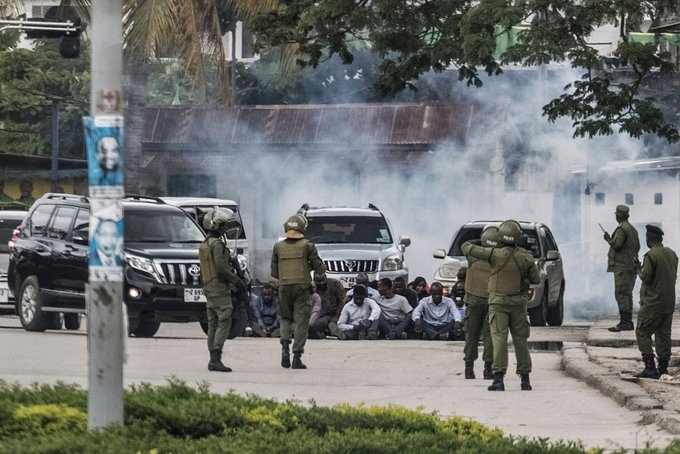The Kenya Wildlife Service has bowed to pressure and moved in to capture killer hippos that have been attacking people at the Naivasha sewer plant.
The wildlife agency set traps for the six hippos that had turned a section of the Naivasha Water Sewerage and Sanitation Company plant into their home.
The six hippos have lived at the place for the last three years.
Three people, including a student and a woman have been attacked by the hippos.
The student is currently admitted at the hospital in a serious condition.
KWS Assistant Director Joseph Dadacha, said the family of six hippos, consisting of a lactating mother will be relocated to another section of the lake.
He said killing the animals as demanded by area residents was illegal since there were newborns and a lactating mother.
“We have a family of six hippos which has invaded the sewer and the capture team is on site working on modalities of capturing the animals,” he said.
Dadacha said the exercise was complicated since the animals had to be captured together.
“Hippos are very wild when you invade their territory. That is why we have had attacks recently but we shall make sure that this family is captured and relocated from the sewer plant,” he said.
More than 20 people, majority being foot-fishermen have either been maimed or killed by the hippos.
Wildlife Research and Training Institute Director Dr Patrick Omondi said human encroachment and closure of corridors was to blame for the rising cases of attacks.
He said the number of the hippos was rising alongside the human activities around the water body.
“The last census conducted on the lake indicated that there were over 500 hippos in the lake which is healthy for the size of such a water body,” Omondi said.
Friends of Lake Naivasha chairman Francis Muthui said the only solution in addressing the current hippo crisis was by culling them.
He said culling was a tricky exercise but noted that there was no other solution to the crisis.
“The number of hippos around the lake has in the last five years tripled in the process raiding nearby farms and attacking members of the public at will,” he said.












